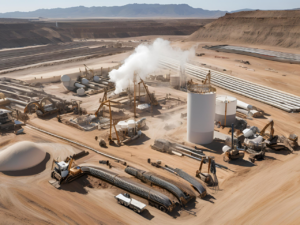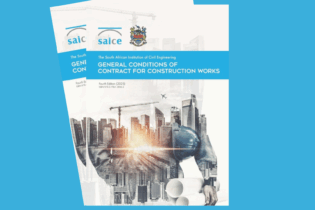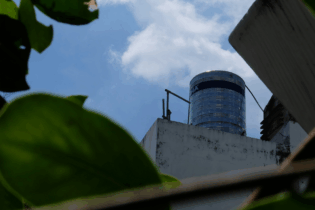The Southern African Plastic Pipe Manufacturers Association (SAPPMA) has released the findings of a recent study providing an updated overview of the current market conditions for PVC and HDPE pipes in South Africa. This comprehensive analysis highlights the production, import, export, and consumption trends within the industry for the year 2023.
Jan Venter, CEO of SAPPMA, emphasised the critical role of plastic piping in various sectors, stating, “Plastic piping is used across the complete spectrum of many industries – mining, civil, irrigation, industrial, telecommunication, and building. Plastic piping networks form an integral, expensive, long-term, and extremely important part of the infrastructure of this country. The integrity of these networks, built up over many years, is of critical importance, serving the water supply and sewage disposal needs of many millions of people. This clearly highlights the need for a responsible, ethical, and quality-conscious industry. It is important to regularly get updated figures on how much plastic pipes are annually produced locally, imported, or exported to gauge the health of the industry.” Key findings of the most recent study include:PVC Pipe Market
In 2023, South African manufacturers used 57,800 tons of locally produced, plus 23 000 imported PVC polymer to produce pipes and fittings. In addition 1 700 tons of pipe was imported. 6,500 tons of PVC recyclate were utilised in production processes. Final PVC products amounted to 83,000 tons for local use, with an additional 6,000 tons of pipes exported.HDPE Pipe Market
30,000 tons of HDPE polymer were produced locally, while 19 000 tons were imported. The use of HDPE recyclate totalled 16,500 tons. Consumption of HDPE pipes reached 50,500 tons, while 21 445 tons of pipes and fittings were exported. Imports of HDPE pipes and fittings saw a slight increase, while exports to countries such as the DRC, Botswana, Zambia, Zimbabwe, Mozambique, and Namibia decreased.
Industry Impact
The latest data underscores the importance of plastic as a dominant material in piping systems, not just locally but globally.“Plastic is clearly no longer an alternative pipe material but has grown to a dominant position in piping systems worldwide, with an estimated share of more than 50%. Independent market surveys in South Africa indicate similar dominance in sizes up to 1,000mm diameter,” Venter said.








